Liturgical chasubles are what the priest wears during the celebration of Holy Mass. It is one of the most important sacred vestments and its use is linked to a specific coding and specific rules.
Liturgical chasubles can be of various shapes. It should be worn over the amice, the alb, the cincture and the stole. The Bishop must also wear the dalmatic under the chasuble.
The name chasuble comes from ‘small house’, because originally the robe completely enveloped the figure of the celebrant, covering it up to the wrists and to the shins.
Over the centuries, the liturgical chasuble has evolved more formal, with arms covered or uncovered, stiff fabrics, wider cuts. In general, given its importance, it has always been adorned with sacred images and rich embroideries.
The colors of the liturgical chasubles vary according to the liturgical season and the ongoing celebration: the chasuble can be white, red, purple, green, pink, black and gold.
– White chasuble: solemn celebrations (i.e. Easter, Christmas …) and the most important sacraments (baptism, marriage, ordination, first communion). The white chasuble is a symbol of faith, purity and joy, commemorates the resurrection of Christ.
– Red chasuble: used at funerals, martyrs holidays, Good Friday, Palm Sunday, and Pentecost. The red symbolizes the Holy Spirit and the blood of Christ.
– Purple chasuble: used for Lent and Advent, its color refers to repentance. It is also used for funerals and memorial services.
– Green chasuble: routinely used, refer to the color of hope.
– Pink chasuble: used rarely, only on special occasions.
– Black chasuble: optional, replaced with the purple chasuble for occasions of mourning.
– Gold chasuble: used for ceremonial occasions and for larger parties, requiring maximum royalty.

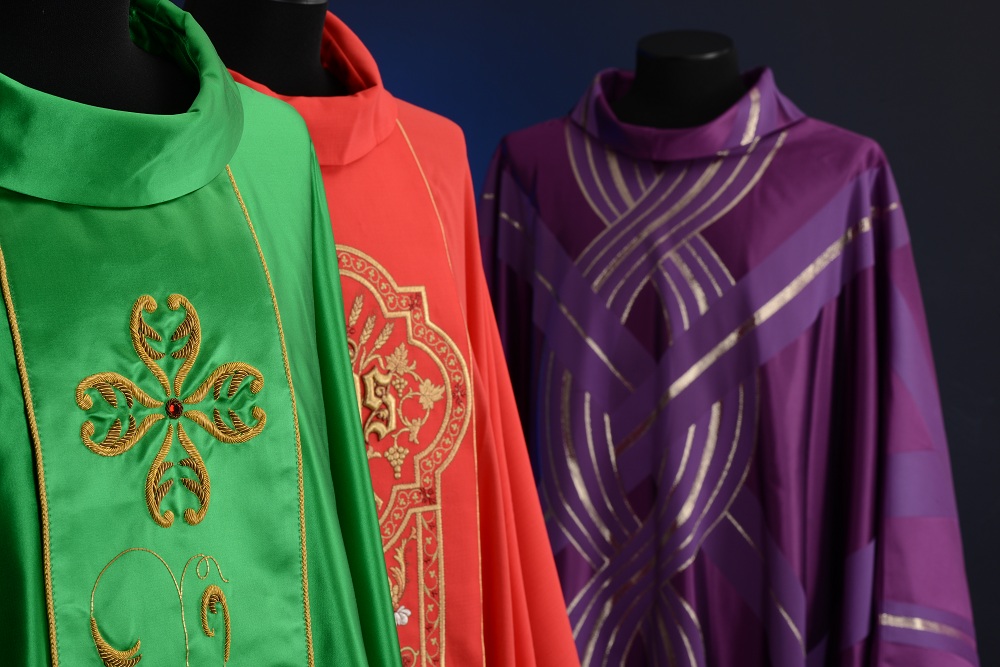
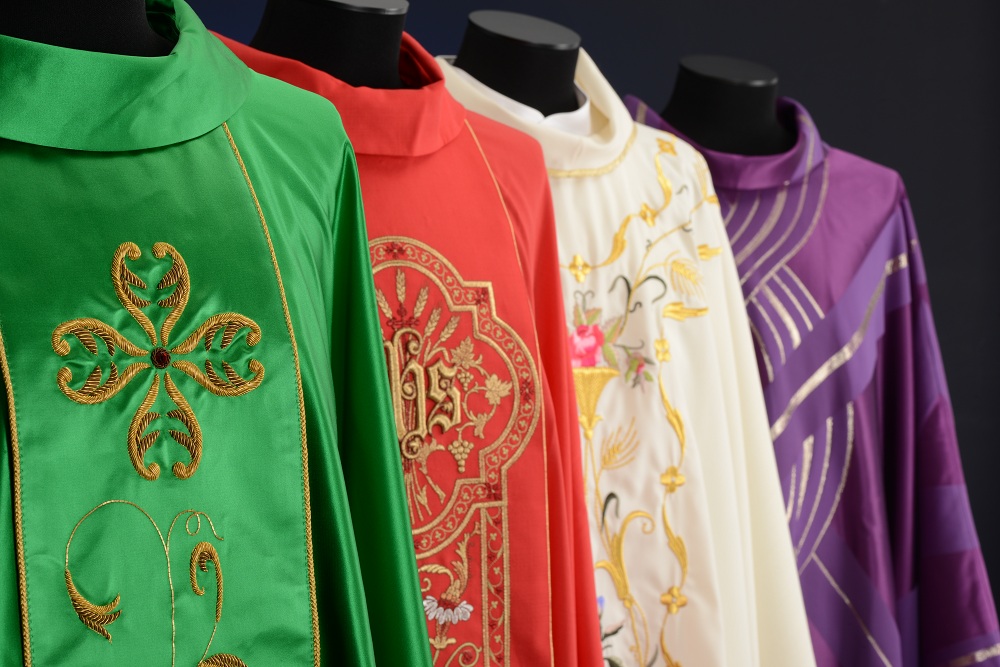
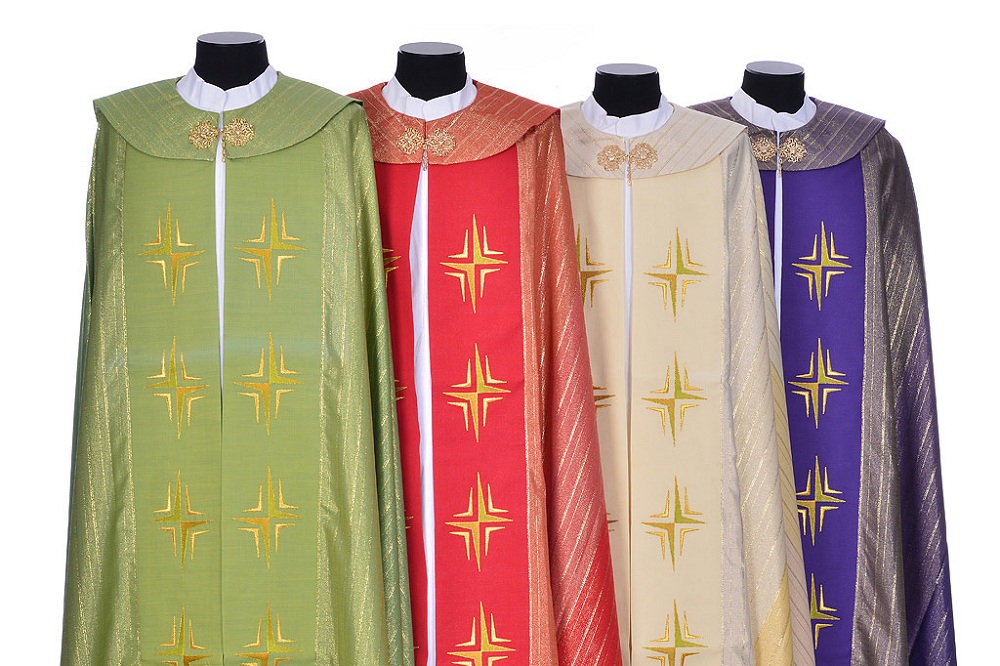

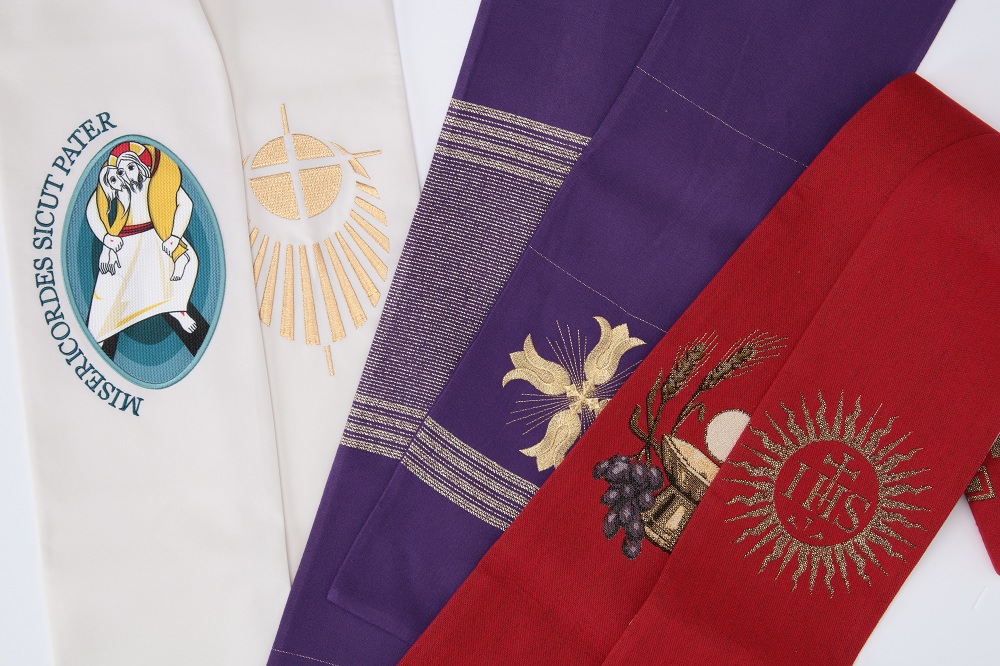
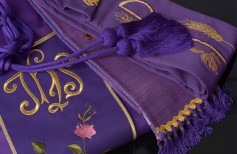


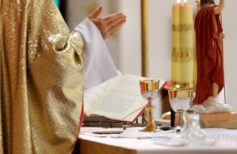









 19 March 2025
19 March 2025






